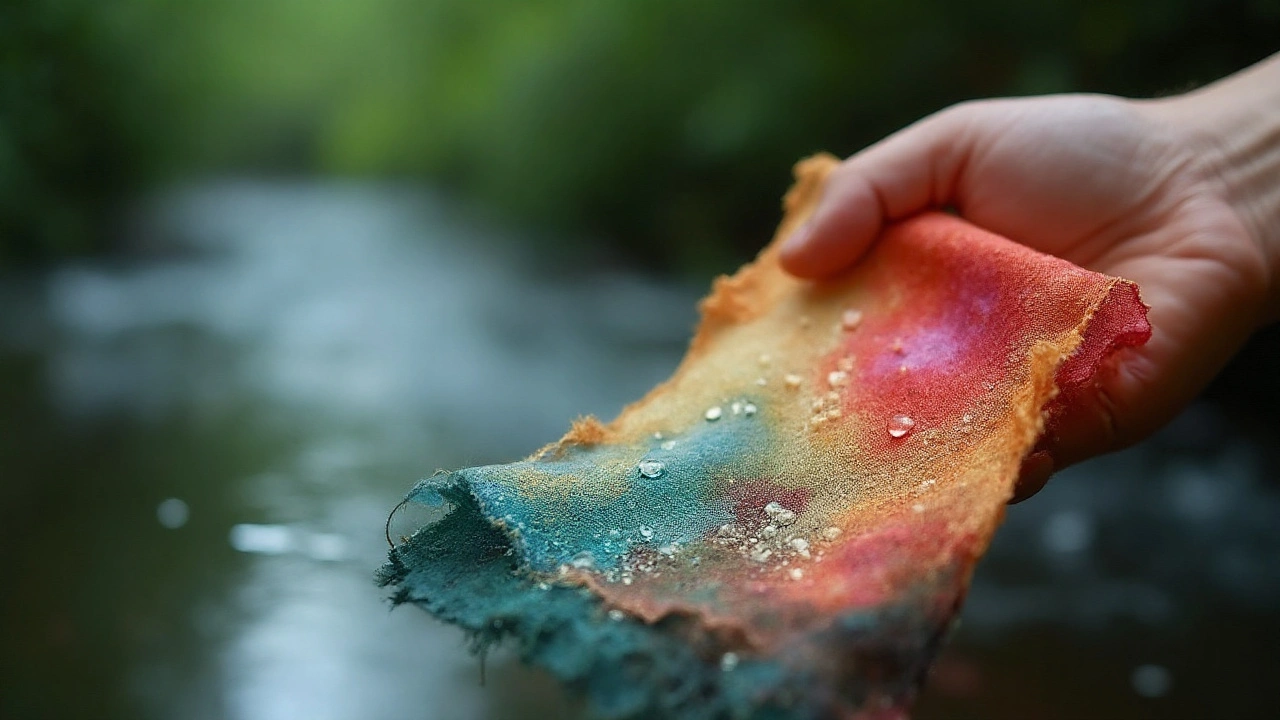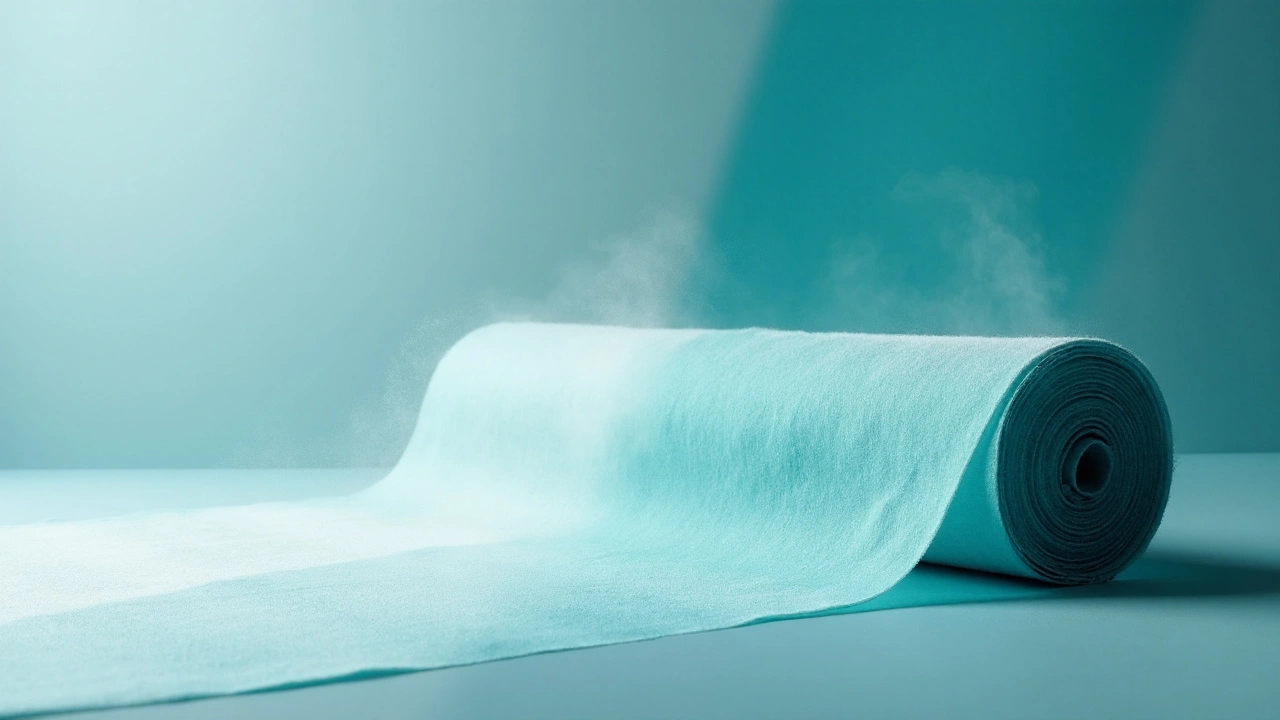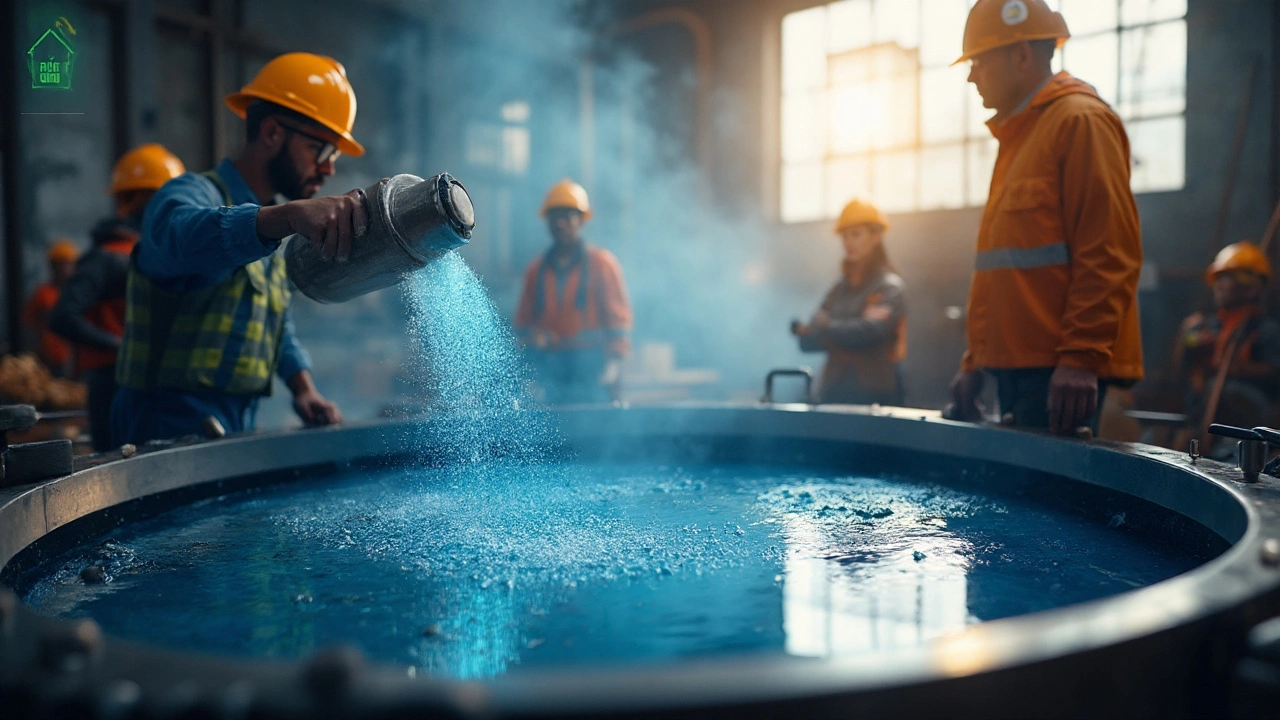Calcium Acetate is a white, odorless salt that acts as a buffering agent, water softener, and pH stabiliser in a range of industrial processes. In the Textile Industry is a sector that transforms raw fibres into clothing, upholstery and technical fabrics, calcium acetate has quietly become a workhorse for dyeing, scouring and finishing operations.
Why calcium acetate matters in dyeing
When a Reactive Dye meets a fibre, the reaction is highly pH‑dependent. Too acidic, and the dye precipitates; too alkaline, and the fibre can be damaged. Calcium acetate, with a pKa around 12.5, supplies a gentle alkaline buffer that keeps the bath around pH9-10 - the sweet spot for most cotton and polyester blends. Manufacturers report up to a 15% increase in colour yield because the dye remains in solution longer and bonds more efficiently.
Water softening and scouring benefits
Hard water contains calcium and magnesium ions that interfere with surfactants used during the Scouring Process. Adding calcium acetate precipitates excess magnesium as magnesium acetate, while the acetate ions keep the Ca²⁺ in a soluble complex. The result is a smoother fabric surface and a reduction in required detergent by roughly 20%.
Enhancing fabric softening and pH regulation
Fabric softeners often rely on cationic agents that can be neutralised by acidic residues. Calcium acetate's weakly basic nature gently raises the final rinse pH, preserving the softening effect without causing fibre degradation. In addition, the calcium ions can bind to negatively charged groups on wool and silk, reducing static cling and giving a softer hand feel.
Environmental and regulatory edge
Regulators in the EU and US are tightening limits on phosphates and heavy‑metal salts in textile effluents. Calcium acetate is classified as non‑hazardous, readily biodegradable, and its acetate by‑product can be biologically consumed by wastewater treatment microbes. A 2023 industry report from the Textile Exchange noted that plants that switched from sodium carbonate to calcium acetate cut their chemical‑oxygen‑demand (COD) load by up to 30%.

Comparison of common acetate buffers
| Attribute | Calcium Acetate | Sodium Acetate | Calcium Sulfate |
|---|---|---|---|
| Buffer Range (pH) | 9‑10 (mild alkaline) | 6‑7 (near neutral) | 7‑8 (weakly alkaline) |
| Water Softening Effect | High - complexes Mg²⁺ | Low - no complexation | Moderate - limited solubility |
| Solubility in Water (g/100mL at 20°C) | 12.5 | 16.0 | 0.21 |
| Environmental Impact | Biodegradable, low COD | Biodegradable, neutral COD | Insoluble, possible scaling |
| Cost (USD/kg, 2025 avg.) | 1.20 | 0.90 | 0.75 |
Practical guide to integrating calcium acetate
Below is a step‑by‑step checklist for a mid‑size dye house looking to swap in calcium acetate for its current buffering system.
- Analyse existing water hardness - measure Ca²⁺ and Mg²⁺ concentrations with a portable titrator.
- Calculate the required dosage: a typical start‑point is 0.5% w/w of the bath volume for cotton reactive dyeing.
- Prepare a stock solution: dissolve calcium acetate in warm water (30% w/v) to improve mixing speed.
- Introduce the stock at the beginning of the scouring stage; monitor pH continuously with a calibrated probe.
- During dye absorption, maintain pH 9.5±0.3 by adjusting the feed rate of the stock solution.
- After rinsing, add a second, lower dose (0.1% w/w) to the final softener bath to enhance hand feel.
- Capture effluent samples weekly; verify that COD and total dissolved solids (TDS) stay within local discharge limits.
Most users see a smooth transition within two production cycles, with no need to retrofit equipment - calcium acetate’s solubility means standard mixing tanks suffice.
Related concepts and connected topics
Understanding calcium acetate’s place in textile chemistry becomes easier when you see how it links to other key players:
- Eco‑friendly Finishing refers to processes that reduce hazardous chemicals while maintaining performance; calcium acetate is a prime example.
- Enzyme Treatment often follows scouring; the milder pH provided by calcium acetate protects enzyme activity.
- Advanced Digital Printing uses pigment inks that demand stable pH - calcium acetate can be added to the printer’s washing tank to avoid colour shifts.
- Regulatory frameworks such as REACH and the Clean Water Act influence the choice of buffering agents; calcium acetate’s compliance record simplifies certification.
Future outlook
With sustainability becoming a market differentiator, more brands are demanding low‑impact chemicals. Research from 2024 shows that combining calcium acetate with bio‑based surfactants can cut overall water usage by 12% while keeping colour fastness intact. Expect to see more automation around real‑time pH control, where calcium acetate dosage is adjusted by AI‑driven sensors.

Frequently Asked Questions
Can calcium acetate replace sodium carbonate in all textile processes?
Not always. While calcium acetate excels in buffering, water softening and pH control for dyeing and finishing, high‑temperature scouring may still benefit from the stronger alkalinity of sodium carbonate. A hybrid approach - carbonate for the initial scour and acetate for dyeing - often gives the best balance of efficiency and fabric integrity.
What safety precautions are needed when handling calcium acetate?
Calcium acetate is classified as non‑hazardous, but dust inhalation can cause mild irritation. Operators should wear standard dust masks and gloves during bulk handling. In case of skin contact, rinse with plenty of water.
How does calcium acetate affect colour fastness?
Because it maintains an optimal pH, the dye reacts more completely with the fibre, leading to improved wash and light fastness. Independent lab tests show a 5‑10% increase in colour retention after 30 washes compared with untreated controls.
Is calcium acetate compatible with enzyme‑based bio‑finishing?
Yes. Enzyme activity peaks around pH5‑7, and the mild buffering action of calcium acetate keeps the bath from drifting too high, preserving enzyme efficiency while still providing the desired fabric hand.
What is the cost impact of switching to calcium acetate?
Although calcium acetate is slightly pricier than sodium acetate (about $1.20/kg vs $0.90/kg in 2025), the overall process savings - lower detergent use, reduced water treatment fees, and higher colour yield - typically offset the raw material cost difference, delivering a net ROI within 6‑12 months.

